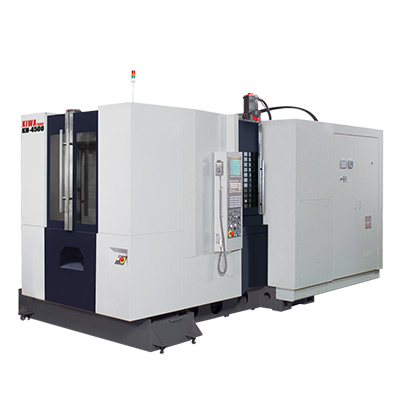brake line couplings
Understanding Brake Line Couplings A Key Component in Automotive Safety
In the automotive industry, safety is paramount, and one critical component that plays a significant role in ensuring vehicle safety is the brake line coupling. This component serves as a connection point between the brake lines, facilitating the efficient transmission of hydraulic fluid required to engage the vehicle's braking system. In this article, we will explore the significance of brake line couplings, their types, applications, and best practices for maintenance.
What Are Brake Line Couplings?
Brake line couplings are specialized fittings that connect the various sections of brake lines. They are vital in a vehicle's braking system, which relies on hydraulic pressure to function effectively. When the brake pedal is pressed, the master cylinder generates hydraulic pressure that travels through the brake lines. If there are any leaks or failures in the coupling, it can lead to a loss of pressure, compromising the braking system's performance.
Types of Brake Line Couplings
There are several types of brake line couplings, each designed for specific applications
1. Compression Couplings These are among the most common types of couplings used in brake lines. They create a tight seal by compressing the two ends of the brake line together, thereby preventing leaks. Compression couplings are easy to install and maintain, making them a popular choice in many vehicles.
2. Flare Couplings Flare couplings feature a tapered design that allows for a robust connection between brake lines. This type of coupling is often used in high-pressure applications due to its ability to withstand significant stress without leaking. The flare fitting creates a mechanical connection that is reliable and durable.
3. Bubble Flare Couplings Similar to flare couplings, bubble flare couplings are used primarily in European vehicles. They have a slightly different shape that creates a bubble-like protrusion, allowing for a leak-proof seal. It is essential to use the correct flaring tools when working with bubble flare couplings to ensure a proper fit.
4. Quick-Disconnect Couplings These couplings enable easy and fast separation of the brake lines without the need for tools. They are particularly useful in automotive applications where components may require frequent disassembly, such as in race cars or vehicles with modified brake systems.
Applications of Brake Line Couplings
brake line couplings

Brake line couplings are used in a wide range of vehicles, from everyday cars to commercial trucks and buses. The reliability of these couplings directly affects the safety of the vehicle, making it crucial to choose the right type based on the application. For example, vehicles that experience high levels of vibration and stress, such as off-road vehicles, may require more robust coupling types to withstand harsh conditions.
Furthermore, brake line couplings play a pivotal role in custom automotive builds, where aftermarket parts and components are often introduced. In such cases, it is vital to ensure compatibility between different systems to avoid any potential safety hazards.
Maintenance and Best Practices
Regular maintenance of brake line couplings and the entire braking system is essential for ensuring optimal vehicle performance. Here are some best practices to follow
1. Inspect Regularly Conduct routine inspections of brake lines and couplings for signs of wear, corrosion, or leaking fluid. Early detection of problems can prevent more significant issues down the road.
2. Use Quality Components When replacing brake line couplings, opt for high-quality parts that meet or exceed industry standards. Inferior components may lead to premature failure and compromise safety.
3. Ensure Proper Installation Whether you're a DIY mechanic or a professional, ensure that brake line couplings are installed correctly. Follow the manufacturer’s specifications and torque settings to guarantee a secure fit.
4. Flushing Brake Fluid Regularly flushing the brake fluid helps maintain the integrity of the braking system, reducing the risk of moisture buildup that can lead to corrosion of couplings.
Conclusion
Brake line couplings are essential components that facilitate the efficient operation of a vehicle's braking system. Understanding the types and applications of these couplings can aid in making informed decisions regarding vehicle maintenance and safety. By prioritizing regular inspections and quality repairs, vehicle owners can ensure that their braking systems function effectively, ultimately safeguarding themselves and others on the road.
-
Ultimate Spiral Protection for Hoses & CablesNewsJun.26,2025
-
The Ultimate Quick-Connect Solutions for Every NeedNewsJun.26,2025
-
SAE J1401 Brake Hose: Reliable Choice for Safe BrakingNewsJun.26,2025
-
Reliable J2064 A/C Hoses for Real-World Cooling NeedsNewsJun.26,2025
-
Heavy-Duty Sewer Jetting Hoses Built to LastNewsJun.26,2025
-
Fix Power Steering Tube Leaks Fast – Durable & Affordable SolutionNewsJun.26,2025

